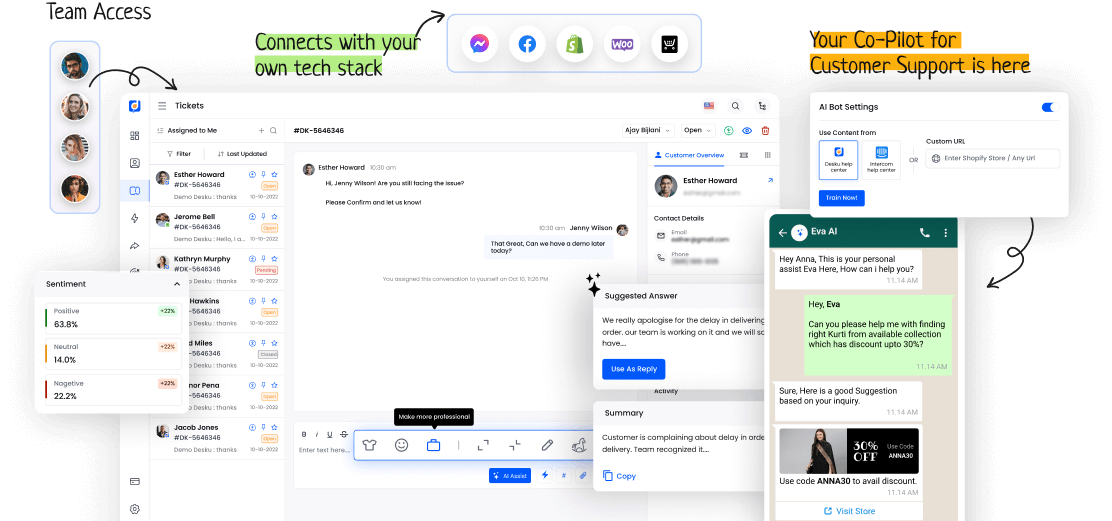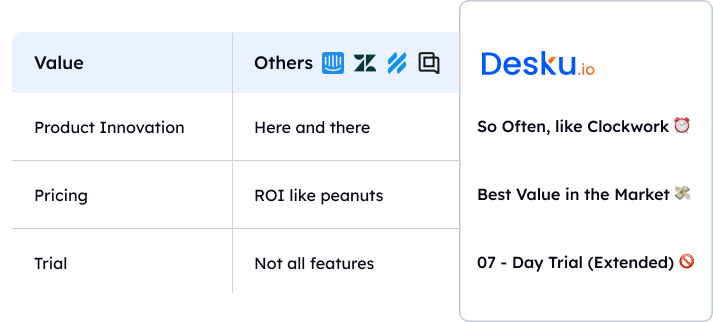Integration, a key in math, works as a strong tool for figuring out areas, volumes, and cracking differential equations. This idea, crucial in areas like physics, engineering, and economics, lets us find out critical amounts and study trends.
Using various methods such as substitution and integration by parts, integration aids the assessment of tricky integrals and offers insights into real-world problems. The complex dance between functions and their build-ups via integration shows a world of math applications ready for deeper exploration.
I. Definition and Concept of Integration
In math, integration is a key idea. It's about finding the build-up of quantities or the area under a curve within a certain span. Methods like substitution and integration by parts help solve integrals.
Knowing about integration is crucial. It sets the ground for further math applications and problem-solving. It's used in fields like physics, engineering, and economics.
II. Importance and Applications of Integration
The value of integration in math lies in its practical uses and wide-ranging applications.
- Significance: Integration calculates areas, volumes, and solves differential equations.
- Practical Uses: It's handy in physics for figuring out work done. Economists use it to spot trends.
- Efficiency: It simplifies tough problem-solving. It finds total quantities from rates of change.
- Adaptability: It's useful in many fields like engineering, biology, and computer science.
III. Examples and Methods of Integration
Mathematical integration holds practical value. Delving into examples and methods deepens understanding of its use in many areas. A table that displays various integration techniques and common examples helps grasp its wide-ranging use. Below is a brief overview:
| Method of Integration | Example |
|---|---|
| Substitution | ∫2x(4x^2 + 3)^5 dx |
| Integration by Parts | ∫xsin(x) dx |
| Partial Fractions | ∫(3x + 1)/(x^2 + 2x) dx |











